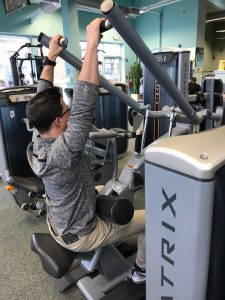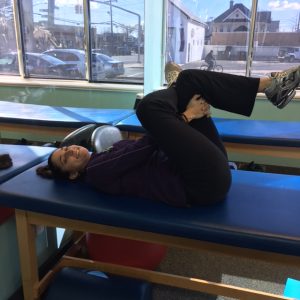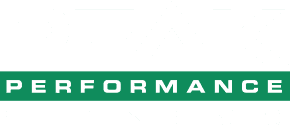As the leaves begin to change, Team Peak dedicates its time and resources to Fall Prevention Awareness month. There are a number of Fall Prevention Programs available, including the ones here at Peak Fitness and Physical Therapy! Before you ask about or programs, here are some helpful tips to get you started.
- Research shows that fall risk is increased by things such as age, weakness, confusion and unsteady movement. Luckily, that same research also shows that if we pay particular attention to these risk factors, our fall risk decreases. A consistent exercise program will not only help keep you on your feet, it will help keep you healthy and strong (Rubenstein, 2006).
- Wear the appropriate footwear. Consider the changing weather as a cue to ditch the unstable sandals and opt for some better fitting sneakers. This is especially important if you are going to be doing activities like raking leaves, picking pumpkins, etc.
- Get a balance assessment. Ideally, we can start an intervention before a fall incident Get your eyes, ears, strength, mobility and gait assessed by a qualified professional to help set you up for success (Moylan, Binder, 2007).
By Matt Rhodes
References:
Moylan and Binder, 2007. Falls in older adults: risk assessment, management and prevention. American Journal of Medicine 120(6).
Rubenstein, EF, 2006. Falls in older people: epidemiology, risk factors and strategies for prevention. Journal of Aging 35.



